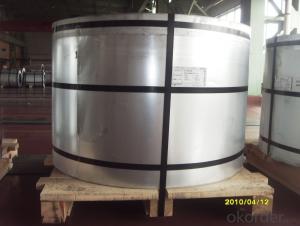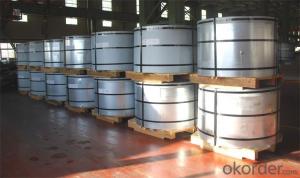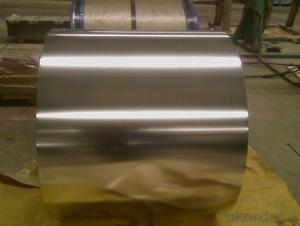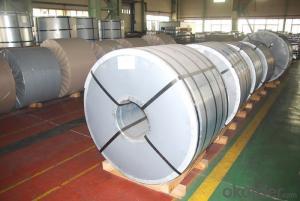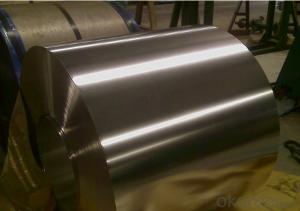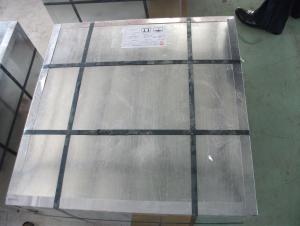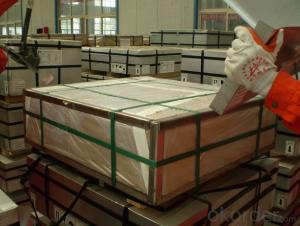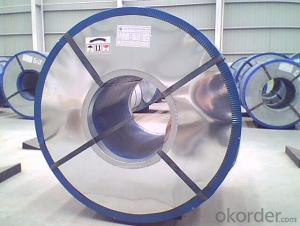Tinplate Jamshedpur
Tinplate Jamshedpur Related Searches
4 By 8 Plastic Sheets Thin Plastic Sheets Flexible Tinplate Coil Quotes Tinplate Iron Clear Plastic Sheets Hard Plastic Sheets 4X8 Lightweight Plastic Sheets Wavy Plastic Sheets White Plywood Sheets Poly Styrene Foam SheetsHot Searches
Tinplate China Tinplate Stock Price Tata Tinplate Price List Tinplate Price Trend Tinplate Nse Share Price Tinplate Price Chart Tinplate Share Price Nse Tata Tinplate Share Price Tinplate Share Price Today Tinplate Share Price Bse Tinplate Price Tinplate Share Price Tinplate Coil Manufacturers Tinplate Sheet Suppliers Food Mixer Sale Tinplate Factory Tinplate Production Tinplate Products Ltd Tinplate Products Tinplate Can ManufacturersTinplate Jamshedpur Supplier & Manufacturer from China
Okorder.com is a professional Tinplate Jamshedpur supplier & manufacturer, offers integrated one-stop services including real-time quoting and online cargo tracking. We are funded by CNBM Group, a Fortune 500 enterprise and the largest Tinplate Jamshedpur firm in China.Hot Products
FAQ
- One advantage of using tinplate for toys and games is its durability. Tinplate is a strong material that can withstand rough play and handling, making it ideal for toys that may be subjected to frequent use and potential impacts. Additionally, tinplate is resistant to corrosion, ensuring that the toys and games made from this material will last longer and maintain their quality. Furthermore, tinplate can be easily shaped and molded into various designs, allowing for the creation of intricate and detailed toys and games. Overall, the use of tinplate in the manufacturing of toys and games offers advantages in terms of durability, longevity, and design flexibility.
- Tinplate is commonly used in the manufacturing of toys as it provides a durable and corrosion-resistant material for various toy components. It is often utilized for creating toy packaging, such as colorful tin boxes or cans, which enhance the aesthetic appeal and protect the toys inside. Additionally, tinplate can be used to construct small toy parts, such as wheels or mechanical mechanisms, due to its malleability and ability to retain intricate shapes. Overall, tinplate contributes to the overall quality, longevity, and attractiveness of toys in the manufacturing process.
- Tinplate contributes to the preservation of aerosol products through its excellent barrier properties. The tin coating on the steel provides a protective layer that prevents the metal from reacting with the contents of the aerosol can, thus preserving the quality and efficacy of the product. Additionally, tinplate cans offer resistance to corrosion and provide a hermetic seal, preventing any external elements from contaminating the aerosol contents.
- Yes, tinplate can be used for signage. It is a versatile material that is durable, lightweight, and resistant to corrosion. Tinplate can be easily shaped and printed on, making it suitable for various signage applications.
- Tinplate offers several benefits for roofing, including its durability, resistance to corrosion, lightweight nature, and ease of installation. It provides excellent protection against harsh weather conditions and can withstand extreme temperatures. Additionally, tinplate roofs have a long lifespan, require minimal maintenance, and are environmentally friendly as they can be recycled.
- The benefits of using tinplate for kitchenware include its durability, resistance to corrosion, easy maintenance, and ability to preserve food quality. Tinplate is also lightweight, making it convenient for everyday use in the kitchen.
- Some of the challenges in manufacturing tinplate include ensuring the uniformity of tin coating on the steel base, preventing corrosion during storage and transportation, maintaining the dimensional accuracy of the tinplate sheets, and addressing environmental concerns related to the disposal of tin and tin-containing wastewater. Additionally, meeting the specific quality requirements of different industries and managing the cost of production can also be challenging in tinplate manufacturing.
- Tinplate is coated on both sides through a process called electrolytic tinning. In this process, the tinplate is immersed in an electrolyte solution while an electric current is passed through it. This causes tin ions to be deposited on both sides of the tinplate, resulting in a thin layer of tin coating.



















